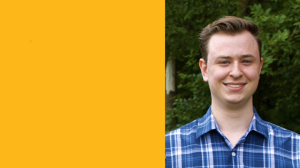
April 9, 2025
Mizzou Engineer earns Goldwater Scholarship
Undergraduate research has proved to be an invaluable experience for computer science and mathematics major Miles Farmer.
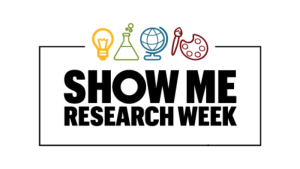
April 9, 2025
Mizzou Engineers set to present at Show Me Research Week
Next week, more than 60 engineering undergraduates, graduate students and postdocs will present their leading-edge research projects at the campus-wide event.
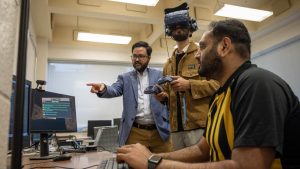
April 8, 2025
Exposing the security and privacy risks posed by incorporating AI in XR
Advances in AI are escalating the arms race between cyberattackers and defenders.
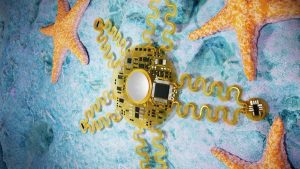
April 2, 2025
Scientists unveil starfish-inspired wearable tech for heart monitoring
Mizzou researchers' device includes AI technology to detect potential heart problems with over 90% accuracy.
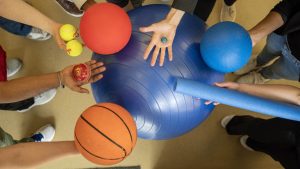
March 31, 2025
Study opens window into the secret life of bacteria
Mizzou researcher employs new technology to track molecules’ movement inside bacterial cells in interinstitutional study.

March 24, 2025
Researchers using lidar and AI to advance transportation engineering and safety
Mizzou engineers are using advanced technology to help make our roads safer by better understanding how pedestrians, cyclists and vehicles interact.
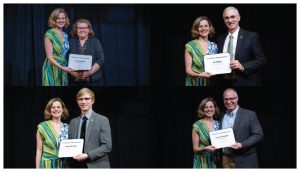
March 17, 2025
Mizzou Engineering honors outstanding faculty, staff, students and alumni
Mizzou Engineering recognized outstanding faculty, staff, students and alumni for their accomplishments and contributions as part of its 2025 awards banquet.
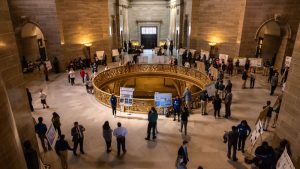
March 14, 2025
2025 Undergraduate Research Day at the Capitol
Two Mizzou Engineering students were among the 10 Tigers who traveled to Jefferson City to present their research to state lawmakers and government officials as part of the University of Missouri System's Undergraduate Research Day at the Capitol.
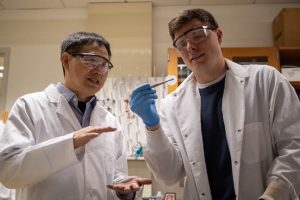
March 13, 2025
Mizzou Engineers extract rare earth elements from mine drainage
Chemical process creates a highly effective material for adsorbing neodymium.
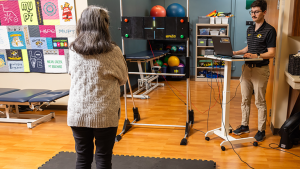
March 13, 2025
Can AI help detect cognitive impairment?
Mizzou researchers create a portable system that uses artificial intelligence to spot cognitive impairment.